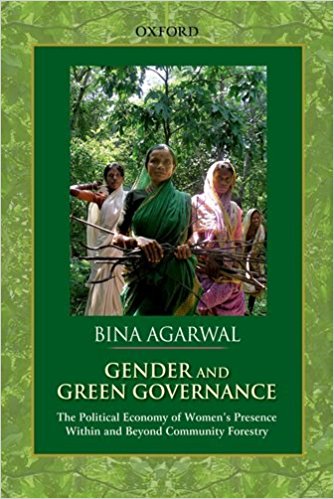In recent years community forest management has become a panacea for all forest conservation. It is assumed that community forestry gives people a stake in forest management, and hence induces them to cooperate in and conserve the forests. This argument has formed the basis of the policy changes in the forestry sector, especially at the insistence of donor agencies driving the reforms. At the same time arguments for community forestry also formed the bedrock of the alternatives to the institutional failures of the state to manage forests. Within this framework the community has been considered the most democratic and egalitarian, and therefore, a preferable form of forest management. But the inequities within the community have not gone unnoticed especially by those scholars who have been concerned about womens role in forestry. In this context, the relationship between women and forest management has been seen in diverse ways.
While ecofeminists attributed certain essential conservationist and nurturing qualities to women, important critiques of this school, especially the accomplished author of the book under review, emphasized how womens relationship with natural resources was essentially socially constructed. Bina Agarwals work, Gender and Green Governance should be seen in this context. The book attempts to develop a framework for gauging the impact of womens participation in community forestry on ecology and resource use patterns. In this sense the book adds to the sparse academic work on community forest management and questions regarding the impact of womens representation on community forestry committees.

